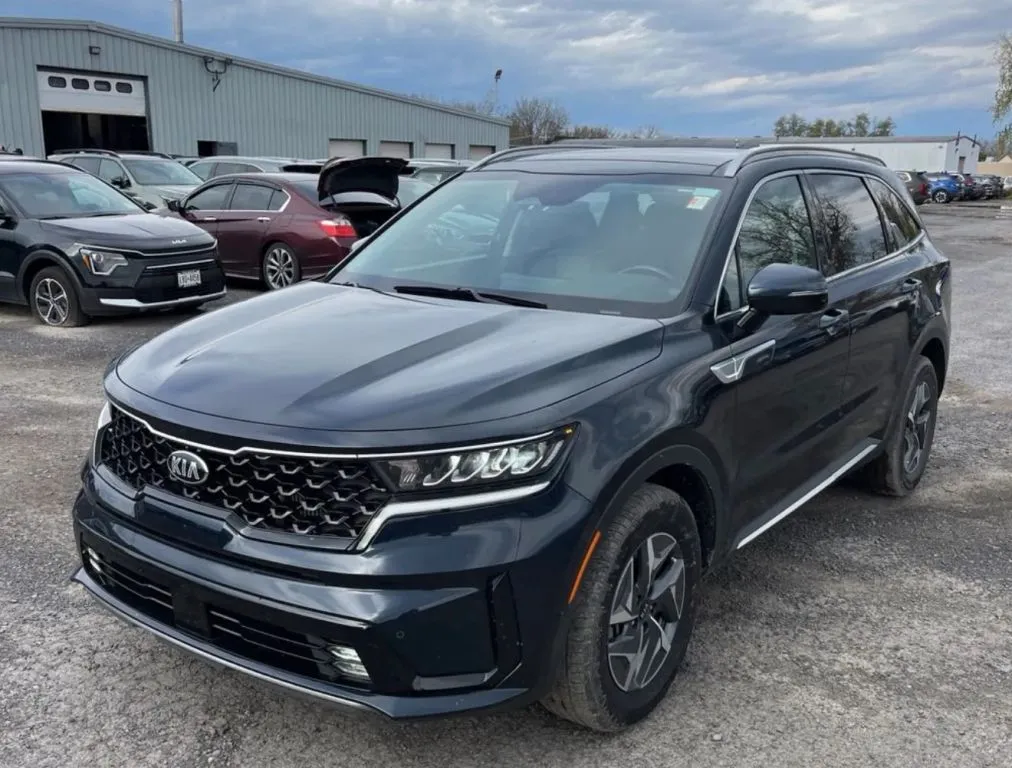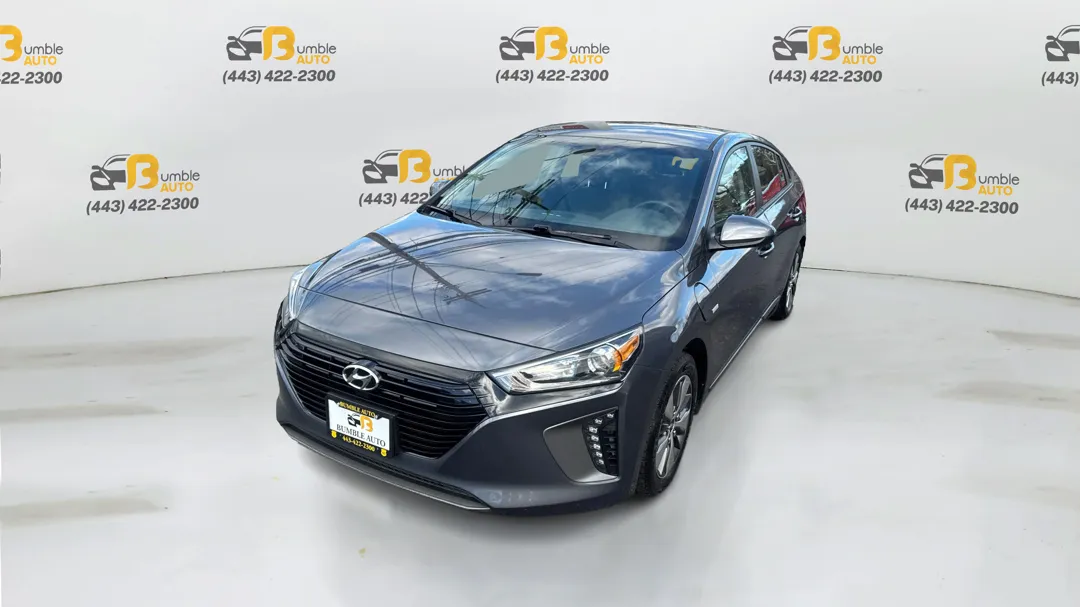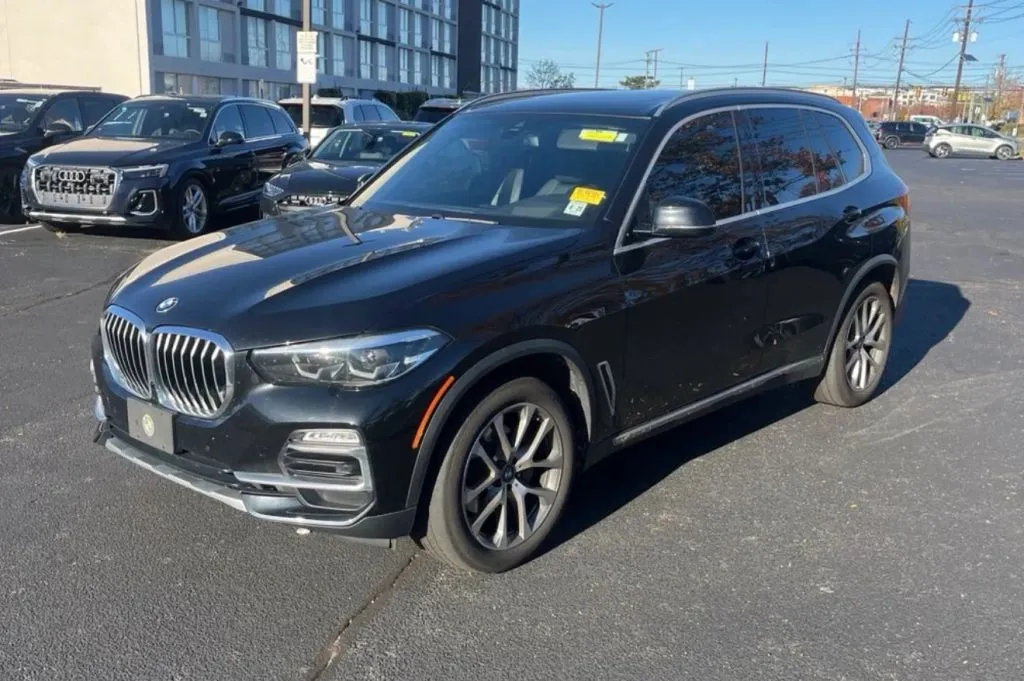Predictions for Future: What to Expect from Used Car Prices in 2025
Table of Contents
- Historical Overview of Used Car Prices
- Factors Influencing Used Car Prices in 2025
- 1. Technological Advancements in Vehicles
- 2. Shift Toward Sustainable and Eco-Friendly Cars
- 3. Economic Conditions and Consumer Behavior
- The Role of Electric Vehicles in the Used Car Market
- Supply Chain Issues and Inventory Levels
- Consumer Preferences Shaping the Future of Used Cars
- Predictions from Industry Experts
- 1. Continued Market Strength with Slower Price Growth
- 2. Growing Influence of Electric Vehicles
- 3. Digital Transformation of the Buying Process
- 4. Economic Stability as a Key Driver
- Conclusion: Navigating the Future of Used Car Prices

As we navigate the ever-evolving landscape of the automotive market, one question looms large for car buyers and enthusiasts alike: what can we expect from used car prices in 2025? With fluctuating demand, supply chain challenges, and economic shifts, the used car market has become increasingly unpredictable. In the wake of recent trends, many are left wondering—will prices stabilize, or should we brace for another surge? This article delves deep into the factors influencing future used car values, from technological advancements and sustainability considerations to potential economic scenarios. By exploring expert insights and market data, we aim to provide a clearer picture of what the used car market may hold for consumers in just a few years. Whether you’re considering a purchase or simply curious about the trends, let’s unpack the dynamics shaping the future of used car prices in 2025.
Historical Overview of Used Car Prices

In the early 2000s, the used car market saw a notable shift. The advent of online marketplaces like eBay Motors and later platforms such as CarMax and AutoTrader revolutionized how consumers bought and sold used vehicles. This increased transparency and competition helped stabilize prices to some extent. The Great Recession of 2008, however, caused a significant dip in both new and used car sales, leading to a surplus of used vehicles and subsequent price drops. Yet, as the economy recovered, used car prices rebounded, driven by a surge in demand for affordable transportation. Looking back at the used car market in 2022 can help explain the trajectory leading into 2025’s price behaviors.
A more recent example of drastic change in the used car market occurred during the COVID-19 pandemic. With new car production hampered by supply chain disruptions and semiconductor shortages, consumers turned to the used car market in droves. Prices for used vehicles skyrocketed as demand outstripped supply. This unusual surge has led many to question whether such trends will persist or if the market will stabilize by 2025. The historical context highlights how external events and technological advancements can significantly reshape the landscape of used car prices.
Factors Influencing Used Car Prices in 2025

As we move through 2025, the used car market continues to evolve under the influence of various economic, technological, and environmental trends. Understanding these factors is essential for both buyers and sellers aiming to make informed decisions. Below are some of the most significant influences shaping used car prices this year.
1. Technological Advancements in Vehicles
As we approach 2025, the continuous development and adoption of new automotive technologies are significantly shaping used car prices. Features like autonomous driving, advanced safety systems, and enhanced connectivity are becoming standard in newer vehicles. As these technologies become more common in used cars, they tend to increase their market value. Buyers are often willing to pay a premium for used vehicles equipped with the latest tech, which drives up demand and, consequently, prices for these tech-savvy models.
2. Shift Toward Sustainable and Eco-Friendly Cars
Another major influence on used car pricing is the transition to more environmentally friendly vehicles. Governments worldwide are enforcing stricter emissions standards and offering incentives for electric vehicle (EV) adoption. As a result, more hybrid and electric cars are entering the used car market. The pricing of these vehicles will depend heavily on factors such as battery health and the availability of charging stations. As EV technology becomes more established, a clearer pricing framework is likely to emerge, with well-maintained electric cars fetching higher resale values. Models among the fuel-efficient used vehicles of 2025 are also gaining popularity, attracting eco-conscious consumers looking for value and savings.
3. Economic Conditions and Consumer Behavior
The overall economic climate is a crucial factor affecting used car prices in 2025. Elements such as interest rates, inflation, and consumer confidence all impact demand. During periods of economic uncertainty, consumers tend to lean towards purchasing used vehicles over new ones, pushing up demand and prices in the secondary market. On the other hand, a strong economy with favorable loan conditions may encourage buyers to choose new cars, potentially leading to an oversupply of used vehicles and a decrease in prices. Monitoring these economic indicators is key to understanding and forecasting trends in the used car market.
The Role of Electric Vehicles in the Used Car Market

Electric vehicles (EVs) are set to play a transformative role in the used car market by 2025. As more consumers adopt EVs, the secondary market for these vehicles is expected to grow significantly. One of the key factors influencing the value of used EVs is battery health. Unlike traditional internal combustion engine vehicles, the longevity and performance of an EV are largely dependent on the condition of its battery. As battery technology improves and manufacturers offer longer warranties, the residual value of used EVs is likely to increase.
Another aspect to consider is the availability of charging infrastructure. As governments and private companies continue to invest in expanding the charging network, the convenience of owning an EV is set to improve. This increased accessibility will make used EVs more attractive to a broader range of consumers, potentially driving up demand and prices. Additionally, advancements in fast-charging technology will further enhance the appeal of used EVs, making them a more viable option for those who may have been hesitant due to concerns about charging times.
Government incentives and policies will also play a crucial role in shaping the used EV market. Many countries offer subsidies and tax benefits for purchasing new EVs, and similar incentives could extend to the used car market. These incentives can make used EVs more affordable and attractive, increasing demand and driving up prices. Moreover, as cities implement stricter emissions regulations and low-emission zones, the demand for zero-emission vehicles, including used EVs, is expected to rise. By 2025, the integration of EVs into the used car market will likely be a significant factor influencing overall pricing trends.
Supply Chain Issues and Inventory Levels

Supply chain issues have been a significant challenge for the automotive industry, impacting both new and used car markets. The COVID-19 pandemic exposed vulnerabilities in global supply chains, leading to shortages of critical components such as semiconductors. These disruptions have had a ripple effect on the availability and pricing of used cars. With new car production hampered, consumers turned to the used car market, driving up demand and prices. As we approach 2025, the resolution of these supply chain issues will be crucial in determining the future of used car prices.
The automotive industry's efforts to diversify and strengthen supply chains will also impact future inventory levels. Manufacturers are increasingly looking to source components locally and reduce dependence on single suppliers to mitigate the risk of future disruptions. These strategies could help stabilize new car production and, in turn, influence the availability of used cars. Additionally, advancements in manufacturing technologies and increased automation could lead to more efficient production processes, potentially easing supply chain constraints and contributing to more stable used car prices by 2025.
Consumer Preferences Shaping the Future of Used Cars

Consumer preferences are constantly evolving, and these changes significantly impact the used car market. One notable trend is the growing demand for SUVs and crossovers. These vehicles offer a blend of practicality, comfort, and versatility, making them a popular choice among consumers. As a result, SUVs and crossovers tend to retain their value better than smaller cars, influencing pricing trends in the used car market. By 2025, we can expect this preference to continue driving demand and prices for used SUVs and crossovers. To find vehicles aligned with these preferences, buyers often search for Maryland's best used cars prices in Bumble Auto for competitive and trusted deals.
Another important shift is the increasing emphasis on sustainability and environmental consciousness. Consumers are becoming more aware of their carbon footprint and are seeking out vehicles that align with their values. This trend is driving demand for hybrid and electric vehicles in the used car market. As mentioned earlier, the residual value of these eco-friendly vehicles is expected to rise as technology improves and charging infrastructure expands. Additionally, younger generations, who are more likely to prioritize sustainability, are entering the car-buying market, further driving this trend.
Technological advancements and the desire for connected features are also shaping consumer preferences. Modern vehicles come equipped with a range of advanced technologies, from infotainment systems to driver assistance features. As these technologies become more prevalent, consumers will increasingly seek out used cars that offer these amenities. This trend is likely to boost the value of tech-equipped used vehicles, making them more attractive to buyers. By understanding and anticipating these shifts in consumer preferences, industry analysts can better predict future trends in the used car market.
Predictions from Industry Experts

As the used car market continues to evolve, industry experts offer key insights into what we can expect in the near future. Backed by years of experience and market analysis, their predictions shed light on upcoming trends that will shape buying and selling behavior through 2025. Below are some of the top forecasts from professionals in the automotive sector.
1. Continued Market Strength with Slower Price Growth
Many analysts anticipate that the used car market will stay strong throughout 2025, primarily driven by the persistent need for affordable transportation. However, the rapid price increases seen in recent years may begin to slow as supply chain disruptions ease and new car production becomes more consistent. The stabilization in supply is expected to balance the market, leading to more moderate price trends. Events like the 2025 41st All American Get-Together will spotlight collector trends and price behaviors shaping the resale market.
2. Growing Influence of Electric Vehicles
Experts highlight the increasing presence of electric vehicles (EVs) as a major factor in shaping the used car landscape. As more EVs enter the secondary market, buyers are becoming more receptive to these environmentally friendly options. Well-maintained electric cars, especially those with healthy batteries and reliable range, are expected to command premium prices, introducing a new pricing dynamic to the market.
3. Digital Transformation of the Buying Process
Another key prediction is the further digitalization of the used car buying experience. Online platforms, digital marketplaces, and advanced technologies like AI and data analytics are set to play a larger role. These tools are making it easier for consumers to find fair deals and accurate pricing. Additionally, the emergence of blockchain technology could improve transparency and security in transactions, building greater trust among buyers and sellers.
4. Economic Stability as a Key Driver
The state of the global economy will continue to be a crucial determinant of used car market trends. If economic conditions remain stable—with low interest rates and controlled inflation—experts foresee steady market growth. On the flip side, any major economic downturns or geopolitical disruptions could inject uncertainty. Monitoring these variables allows analysts to better guide consumers and stakeholders through potential market shifts.
Conclusion: Navigating the Future of Used Car Prices
As we look towards 2025, the used car market is poised to undergo significant changes driven by technological advancements, economic conditions, and shifting consumer preferences. The rise of electric vehicles, the resolution of supply chain issues, and the growing emphasis on sustainability will all play crucial roles in shaping future trends. While the market may face challenges, it also presents opportunities for those who stay informed and adaptable.
Understanding the historical context and key factors influencing used car prices can provide valuable insights for consumers and industry analysts alike. Economic indicators such as interest rates, inflation, and unemployment will continue to impact demand and pricing. Additionally, the increasing demand for SUVs, crossovers, and tech-equipped vehicles will influence market dynamics. By keeping an eye on these trends and leveraging expert predictions, consumers can make more informed decisions and navigate the complexities of the used car market.
Ultimately, the future of used car prices will be shaped by a combination of external factors and consumer behavior. Knowing how to get the best deal in 2025’s evolving market will be crucial for both first-time and experienced buyers. By staying informed, doing thorough research, and considering the total cost of ownership, buyers can make savvy decisions and find the best deals in a dynamic market. As we move towards 2025, the used car market will continue to evolve, offering new opportunities and challenges for consumers and industry stakeholders alike.






